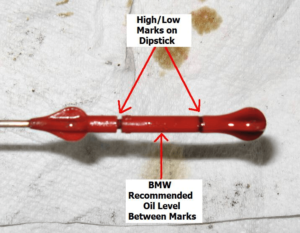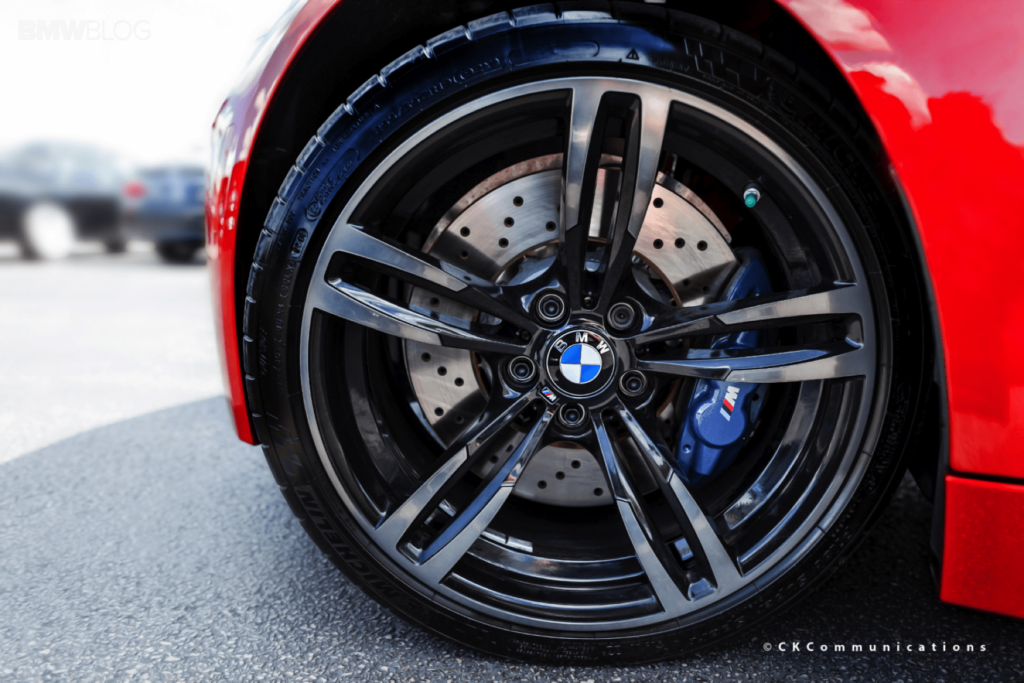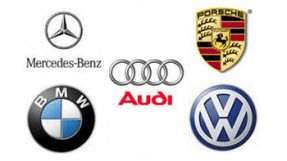The braking system of your car is one of the most used methods. It is the system that prevents accidents and will keep you safe. If any part of your braking system isn’t performing the way it should, you will have complications in slowing down or coming to a stop or even holding a halt. If you are noticing that your brakes aren’t working the way they should, it might be time to have brake repair and service performed. But, before you head out to your automotive shop, there are a few things that you can do before taking your vehicle in. If you narrow down what is wrong, you might be able to fix some of the smaller problems.
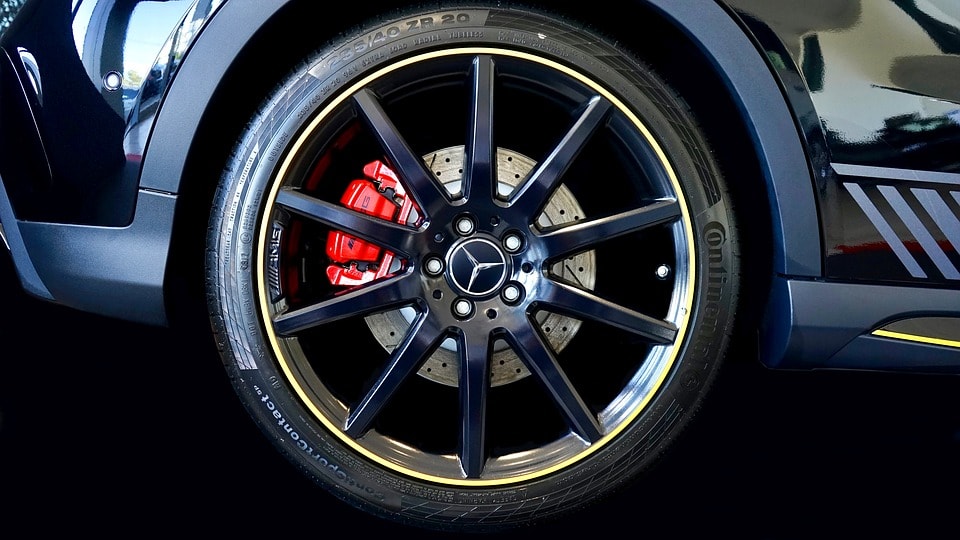
Check The Brake Fluid
It is a prevalent problem for car owners in regards to the braking system. When the pressure on the brake becomes more spongy and is softer to push in, you might be low on brake fluid. The simple way to check if this is your problem is by looking at the brake fluid reservoir. The reservoir lies on top of the master cylinder. You can usually spot the tank by the cap on them labeled DOT 3 or DOT 4. If it is under the full mark, add just enough to get it at the line. Remember only to add what is recommended and used in your vehicle.
Check For leaks In The Brake Lines
It will require a little bit of maneuvering, and go under the car. If you follow your brake lines all the way to the rear, look for possible damage to the line. Another area to check that is much easier is the connection to the master cylinder. Sometimes the rings inside the master cylinder can become worn and allow for tiny leaks. If you notice fluid here, it could be the potential cause of your car not braking correctly.
Are Your Brake Pads Worn Down
In a disc brake system, the brake pads are what press against the rotors that make your care come to a stop. If your brake pads are overused, they will start to make that annoying grinding sound. The production of sound is from a metal shim within the brake pad. It is your first indication that you will need brake service. If your calipers are not opening and closing the way they should, it can cause your brake pads to be continually contacting the rotor. If this happens, you will need to have brake repair work done on the calipers to get them to open correctly.
Investigate Your Rotors For Warpage
As mentioned your rotors will be what your brake pads clamp to initiate braking. If you were to look at the rotor, you might notice that they might be worn down. Depending on how long you have gone from your last brake pad change, you might have to have these replaced. Uneven wear or warpage will result in a vibration when at speeds over 30mph and coming to a stop.
Conclusion
In conclusion, there are a few items you can look for before taking your car into to get serviced for the braking system. Knowing them will help you to understand what exactly is wrong, and what it will take to fix the problem.
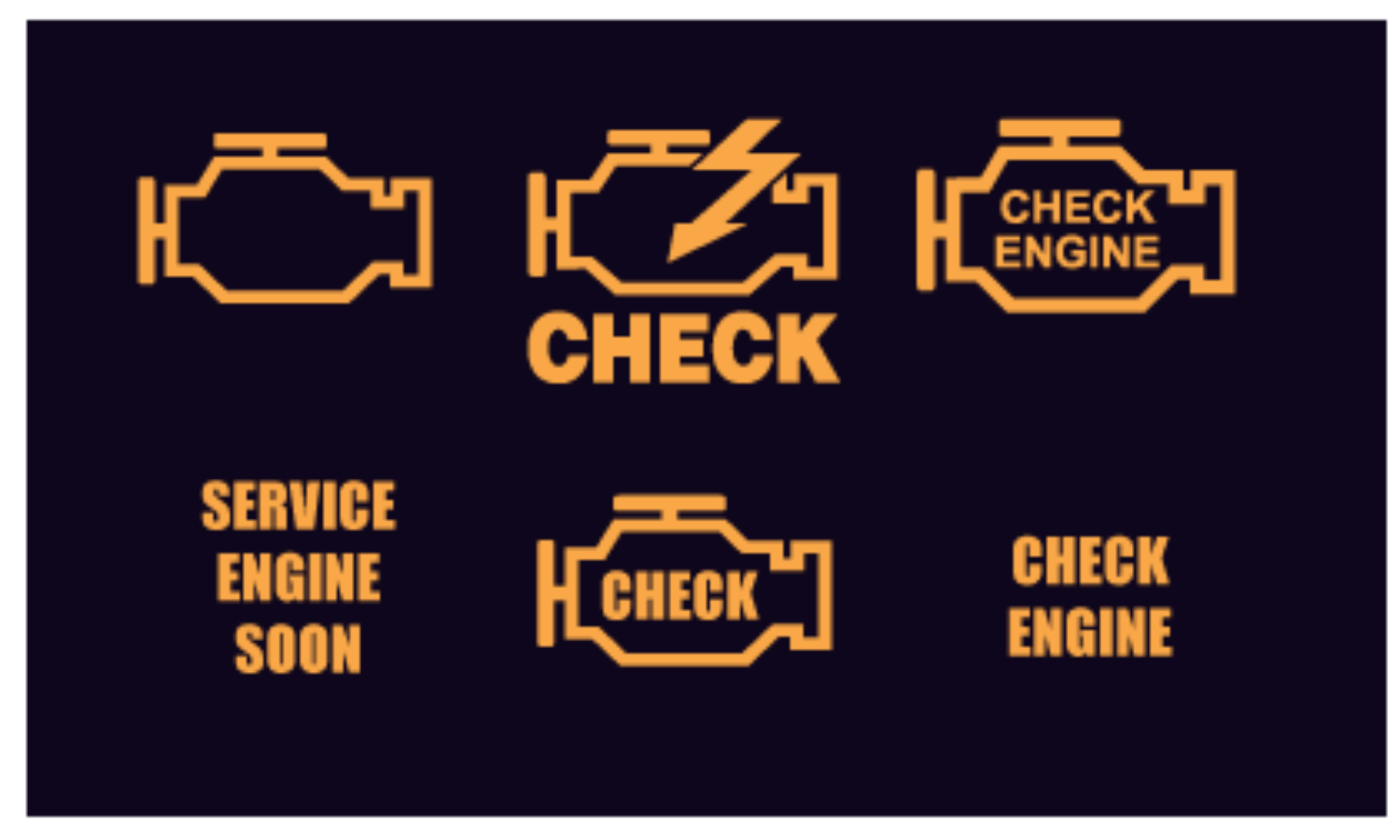
 The engine of your car is the heart of the vehicle. It would make sense that you should have maintenance done on it, to keep it running at its best. One of the most honest services you can have done routinely is to have an oil change. An
The engine of your car is the heart of the vehicle. It would make sense that you should have maintenance done on it, to keep it running at its best. One of the most honest services you can have done routinely is to have an oil change. An 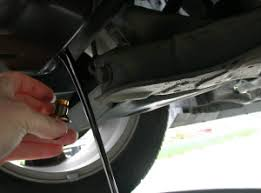
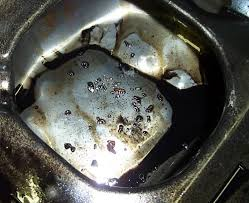
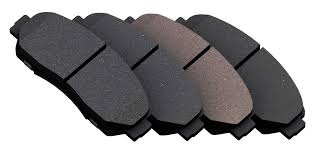
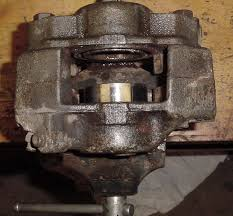
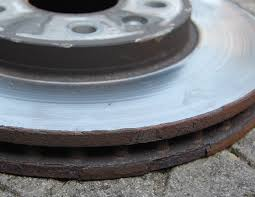 As fascinating as it may be to just put new brake pads on when they need to be changed. If you are told that your rotors need a replacement, it is an expense you should have done. A warped or worn out rotor can wear down brake pads quickly. So while you think you are saving money just replacing the pads, it will cost you more, because the brake pads are going to need to be changed much sooner. In addition to brake pad wear, a warped or worn rotor can also affect your stopping ability.
As fascinating as it may be to just put new brake pads on when they need to be changed. If you are told that your rotors need a replacement, it is an expense you should have done. A warped or worn out rotor can wear down brake pads quickly. So while you think you are saving money just replacing the pads, it will cost you more, because the brake pads are going to need to be changed much sooner. In addition to brake pad wear, a warped or worn rotor can also affect your stopping ability.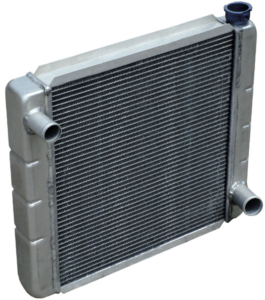 The radiator is one of the principal components of your car’s
The radiator is one of the principal components of your car’s 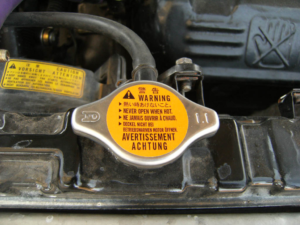 Never, Ever, is Open the Radiator Cap When Your Vehicle Hot
Never, Ever, is Open the Radiator Cap When Your Vehicle Hot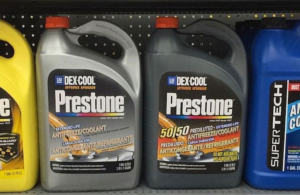
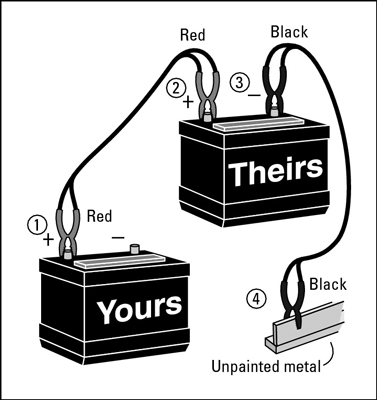
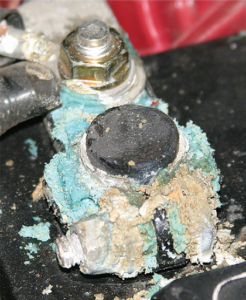 Your car’s battery is one of the most important parts of your vehicle; it is the driving force as to how your vehicle starts. Having clean, non-corroded battery terminals and cables can make all the difference in how it functions. Can battery corrosion keep a car from starting? If your battery is displaying signs of corrosion, i.e. the gunky white build up surrounding the posts, then yes, it can, in fact, cause your car not to start. The reason being is your battery cables won’t be able to make a significant connection to the terminals to supply power. When you start to notice signs of corrosion, it is best to clean the battery terminals as well as the cables thoroughly. There are some unique, inexpensive tools you can purchase that will make the job go very quickly. If you don’t desire to go out and buy these handy tools you can also use some common household materials to get the job done. How to clean battery terminals with a few tips along the way is very simple.
Your car’s battery is one of the most important parts of your vehicle; it is the driving force as to how your vehicle starts. Having clean, non-corroded battery terminals and cables can make all the difference in how it functions. Can battery corrosion keep a car from starting? If your battery is displaying signs of corrosion, i.e. the gunky white build up surrounding the posts, then yes, it can, in fact, cause your car not to start. The reason being is your battery cables won’t be able to make a significant connection to the terminals to supply power. When you start to notice signs of corrosion, it is best to clean the battery terminals as well as the cables thoroughly. There are some unique, inexpensive tools you can purchase that will make the job go very quickly. If you don’t desire to go out and buy these handy tools you can also use some common household materials to get the job done. How to clean battery terminals with a few tips along the way is very simple.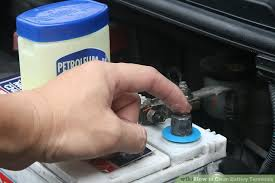 First, you are going to want to disconnect both the positive and negative cables from the battery terminals. You can utilize either a socket or wrench to loosen the nuts holding the wires. The next part will vary depending on what method you choose, so we’ll start with the household.
First, you are going to want to disconnect both the positive and negative cables from the battery terminals. You can utilize either a socket or wrench to loosen the nuts holding the wires. The next part will vary depending on what method you choose, so we’ll start with the household.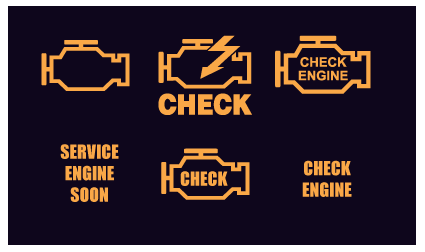
 in the ignition, it can be traced back to a few common reasons. The most common issues with a key is an ignition lock cylinder failure or problems with the components related to the locking system. It is a perfect idea that if you experience a stuck key that once you get it removed to have a technician find the exact cause. It will ultimately stop it from happening again. It is especially true if the problems are with the locking cylinder or a component’s failure.
in the ignition, it can be traced back to a few common reasons. The most common issues with a key is an ignition lock cylinder failure or problems with the components related to the locking system. It is a perfect idea that if you experience a stuck key that once you get it removed to have a technician find the exact cause. It will ultimately stop it from happening again. It is especially true if the problems are with the locking cylinder or a component’s failure.